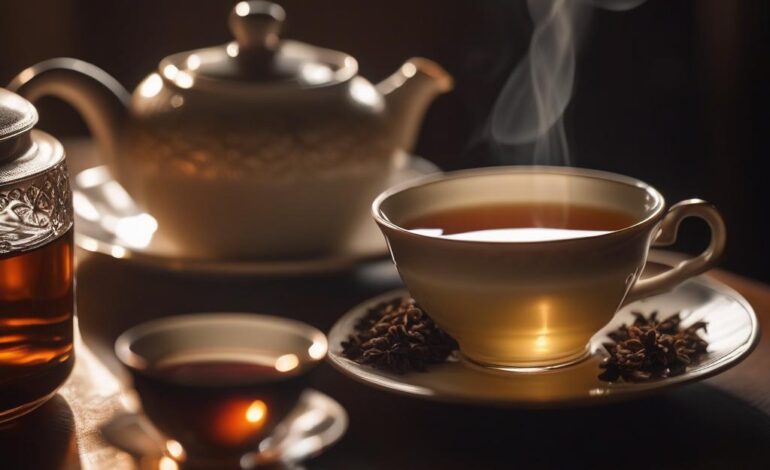Label the Parts of a Plant: A Comprehensive Guide

-
Table of Contents
Plants are an essential part of our ecosystem, providing us with oxygen, food, and numerous other resources. Understanding the different parts of a plant is crucial for anyone interested in botany, gardening, or simply appreciating the beauty of nature. In this article, we will explore the various components of a plant, their functions, and how they contribute to the overall growth and survival of the plant.
The Root System
The root system is the foundation of a plant, providing stability, anchorage, and absorption of water and nutrients from the soil. It consists of two main types of roots:
- Taproot: Some plants, such as carrots and radishes, have a primary root called a taproot. This root grows vertically into the ground and gives rise to smaller lateral roots.
- Fibrous roots: Other plants, like grasses, have a fibrous root system. These roots are thin, thread-like structures that spread out horizontally just below the soil surface.
The root system performs several vital functions:
- Water absorption: The root hairs, which are tiny extensions of the root, absorb water from the soil through a process called osmosis.
- Nutrient absorption: In addition to water, the roots also absorb essential nutrients, such as nitrogen, phosphorus, and potassium, from the soil.
- Storage: Some plants store excess nutrients and carbohydrates in their roots, allowing them to survive during unfavorable conditions.
The Stem
The stem is the central part of a plant that supports the leaves, flowers, and fruits. It serves as a conduit for transporting water, nutrients, and sugars between the roots and the rest of the plant. The stem has several important functions:
- Support: The stem provides structural support to the plant, keeping it upright and allowing it to reach towards sunlight.
- Transportation: The stem contains specialized tissues called xylem and phloem, which transport water, minerals, and sugars throughout the plant.
- Storage: Some plants, like cacti, store water in their stems, enabling them to survive in arid environments.
Stems come in various forms, including:
- Herbaceous stems: These stems are soft, green, and flexible. They are typically found in non-woody plants, such as grasses and flowers.
- Woody stems: Woody stems are hard and rigid, providing more structural support. Trees and shrubs have woody stems.
The Leaves
Leaves are the most recognizable part of a plant. They are responsible for photosynthesis, the process by which plants convert sunlight into energy. Leaves have several key features:
- Blade: The flat, expanded part of the leaf is called the blade. It is the main site of photosynthesis.
- Petiole: The petiole is a slender stalk that connects the blade to the stem. It provides support and allows the leaf to orient itself towards sunlight.
- Veins: Veins are vascular tissues that run through the leaf, transporting water, nutrients, and sugars.
Leaves come in various shapes and sizes, each adapted to different environmental conditions:
- Needle-like leaves: These leaves, found in coniferous trees like pine and spruce, reduce water loss in dry and cold climates.
- Broad leaves: Broad leaves, seen in most flowering plants, maximize the surface area for capturing sunlight.
- Succulent leaves: Succulent plants, such as cacti and aloe vera, have thick, fleshy leaves that store water.
The Flowers
Flowers are the reproductive structures of flowering plants. They are responsible for producing seeds, which eventually develop into new plants. Flowers have several distinct parts:
- Petal: Petals are often brightly colored and attract pollinators, such as bees and butterflies.
- Sepal: Sepals are leaf-like structures that protect the developing flower bud.
- Stamen: The stamen is the male reproductive part of the flower, consisting of the filament and anther. The anther produces pollen.
- Pistil: The pistil is the female reproductive part of the flower, consisting of the stigma, style, and ovary. The stigma receives pollen, and the ovary contains the ovules.
Flowers have evolved various strategies to ensure successful pollination, including enticing pollinators with nectar, fragrance, and vibrant colors.
The Fruits
After successful pollination and fertilization, flowers develop into fruits. Fruits protect the developing seeds and aid in their dispersal. They come in a wide range of shapes, sizes, and textures:
- Fleshy fruits: Fruits like apples and oranges have a soft, juicy flesh surrounding the seeds.
- Dry fruits: Dry fruits, such as nuts and grains, have a hard outer covering that protects the seeds.
- Aggregate fruits: Aggregate fruits, like raspberries and blackberries, are formed from multiple ovaries in a single flower.
- Multiple fruits: Multiple fruits, such as pineapples and figs, develop from a cluster of flowers.
Fruits play a crucial role in seed dispersal. They can be dispersed by wind, water, animals, or even humans, ensuring the survival and distribution of plant species.
Summary
Understanding the different parts of a plant is essential for comprehending their functions and how they contribute to the overall growth and survival of the plant. The root system absorbs water and nutrients, the stem provides support and transportation, the leaves perform photosynthesis, the flowers enable reproduction, and the fruits aid in seed dispersal. By appreciating the complexity and beauty of plants, we can develop a deeper understanding of the natural world around us.



